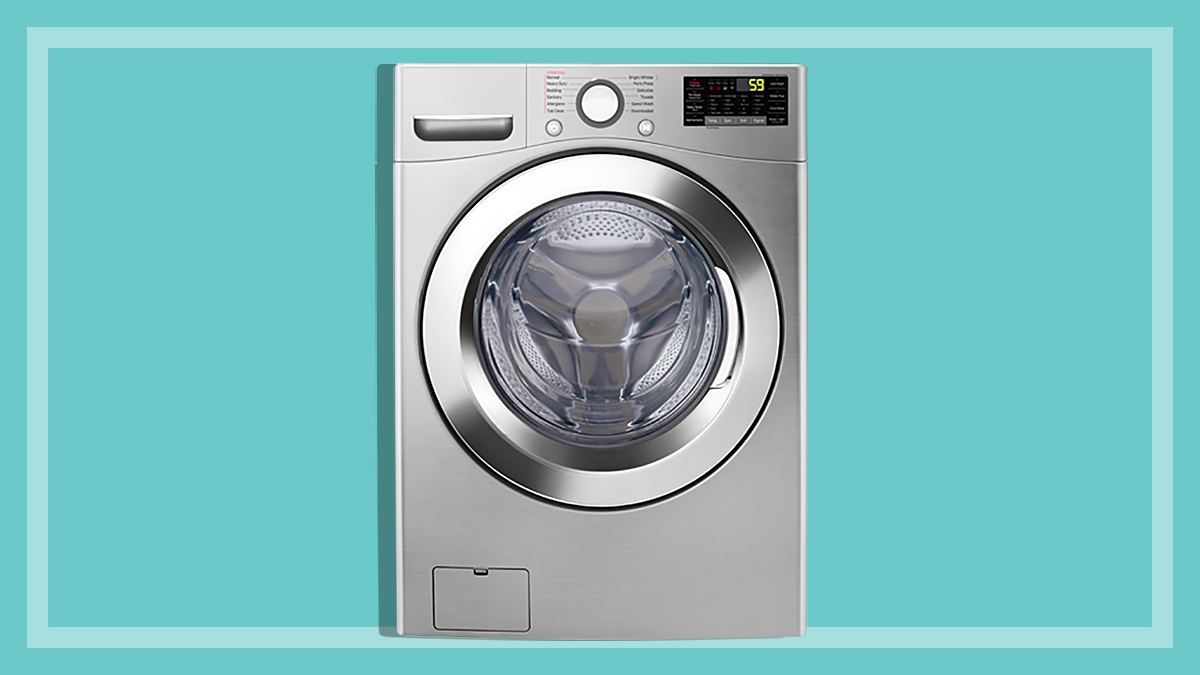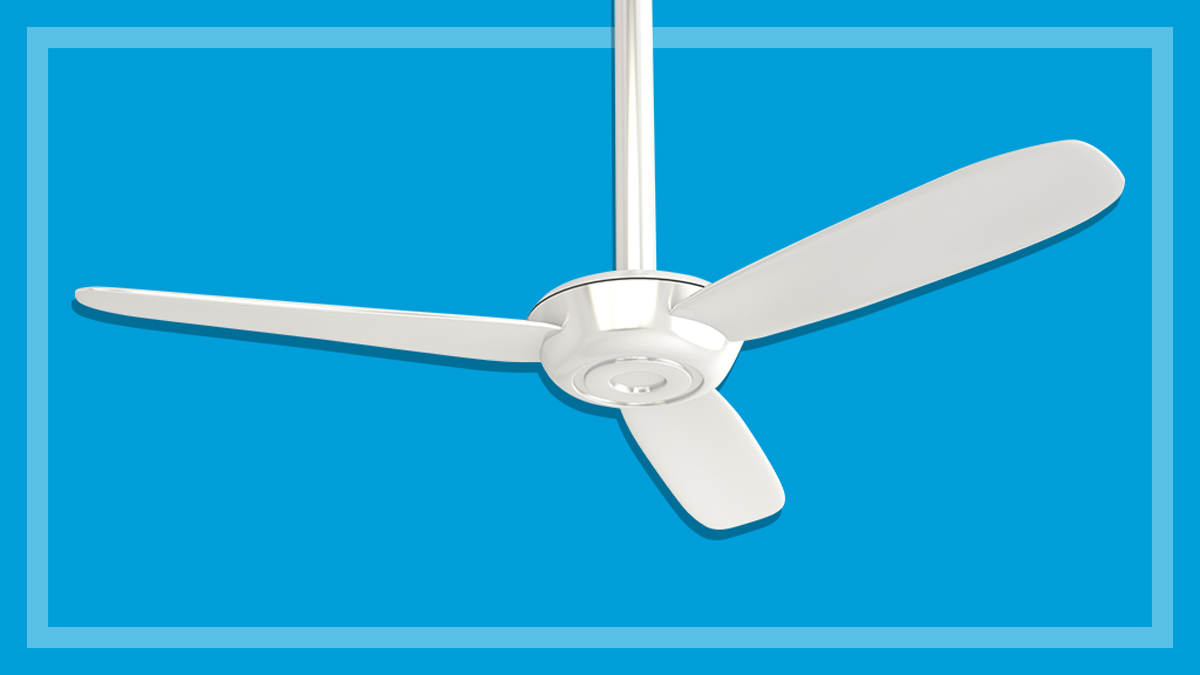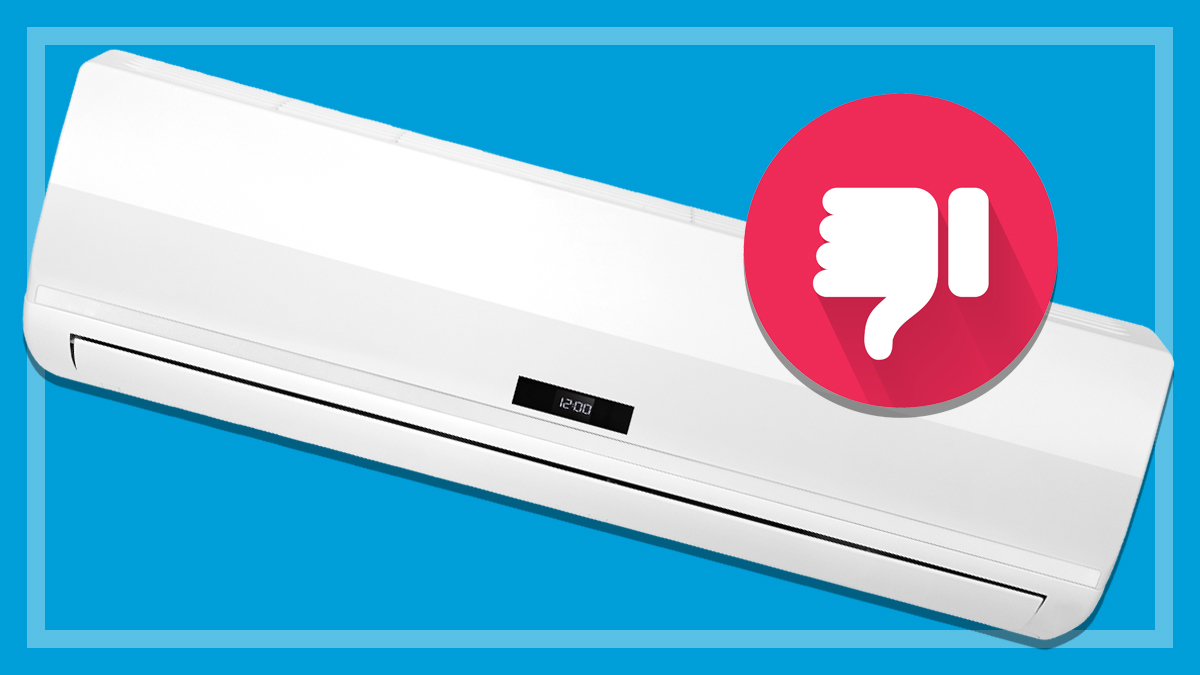Get our independent lab tests, expert reviews and honest advice.
Why does my washing machine smell so bad?
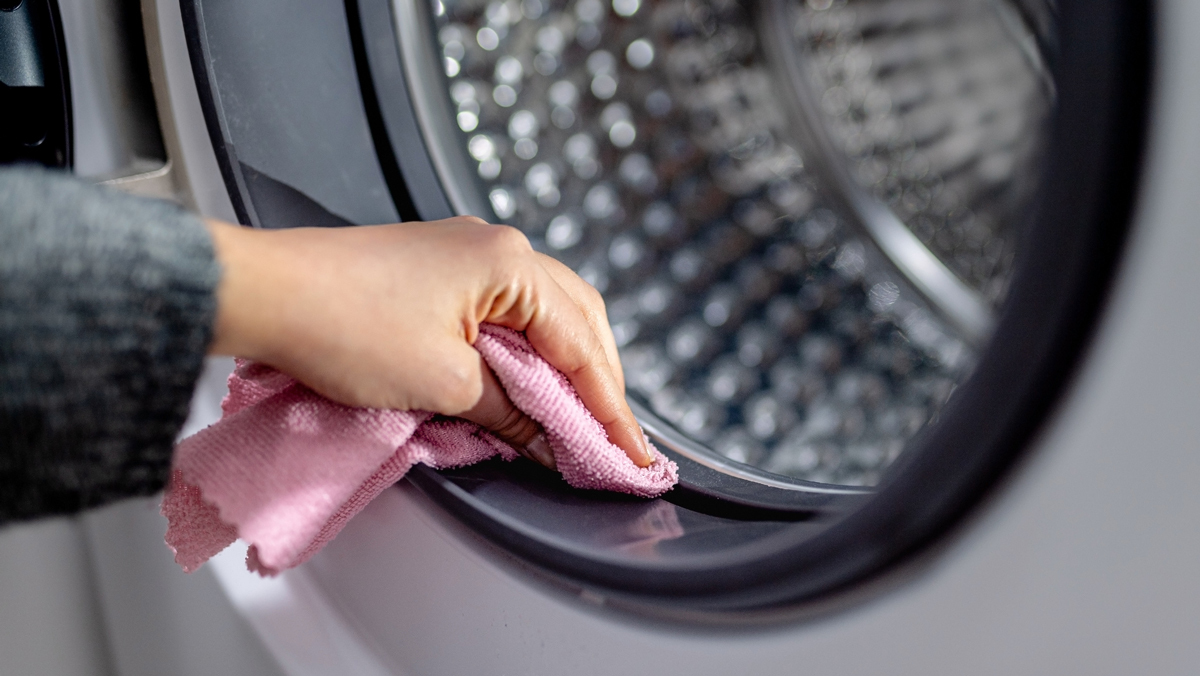
Dirty jocks, stinky socks, food-stained frocks, muddy Crocs*: your washing machine has a pretty hard life.
On this page:
- Why does my washing machine smell?
- Why are there white marks on my clothes after washing?
- Why is my clothes dryer costing more to run?
- Why is my laundry ceiling mouldy?
If you had to deal with such unpleasant working conditions, you’d probably throw in the (dirty, smelly) towel much faster than your washing machine will.
Giving your laundry appliances just a little bit of love from time to time is a good investment – it’ll help you avoid stomach-turning situations like a smelly washer, plus it can save you money by helping your machines run more efficiently and last longer.
Our in-house laundry expert Ashley Iredale explains some common issues you might face and how to stay on top of the laundry jobs you should be doing regularly (but probably aren’t).
*Yes, you can clean your Crocs in the washing machine on a gentle cycle, but we recommend getting as much mud off as possible first.
Why does my washing machine smell?
Your washing machine should be a place to get your smelly gym socks and sweaty tg-shirts clean, right? So if it smells worse than your laundry already does, it has little hope of improving the aroma.
So why does your washing machine smell so bad? There are a few things that could be causing the offending stench.

First up: mould. Eww. Not something you want on fabrics you’re wearing next to your skin. (Or on anything else, to be honest.)
A perpetually-damp environment is the perfect place for mould to flourish, and there are plenty of little crevices in your washing machine that mould loves to hide in.
A mouldy machine won’t just leave you with musty clothes: it can also cause the rubber seals to deteriorate so they won’t seal as well (which can mean water leaks), and the mould spores can spread through your house.
So, how do you keep the mould at bay?
First up, air your washing machine after every load.
Yes, it looks tidier with the lid or door closed, but leaving it open as often as possible gives your machine a chance to dry out – which gives the mould less of a chance to make itself at home.
“If at all possible, leave the door open or at least ajar between cycles – it helps air to circulate, which is your best defence against mould and foul odours, and helps the door seals maintain their shape,” says Ashley.
Leave the washing machine door open between cycles – it helps air to circulate, which is your best defence against mould and foul odours
Ashley Iredale, CHOICE whitegoods expert
The next step is to wipe inside the door seal with a soft, damp cloth once your laundry is done to remove moisture, mould and scrud (a waxy build-up of detergent).
Third, and probably the most obvious, is not leaving wet clothes in the machine for long. Obviously they’ll start to smell, but the longer they linger, the greater chance of rust forming in the drum over time.
And the sooner you take your clothes out, the sooner you can leave the door open, which is the number one thing our experts recommend doing to avoid smells and mould.
These simple actions will help keep your machine – and your laundry – stink-free.
CHOICE tip: For existing mould deposits, wipe them away with hot water and detergent. Be careful using harsh cleaning products or vinegar as they can damage the rubber seals. Check your manual for advice.
CHOICE's four tips to help prevent a smelly washing machine
Why are there white marks on my clothes after washing?
The whole point of washing your clothes is to get them clean, right? So if they’re coming out looking dirtier than they went in, that’s a problem.
A white residue on your clothes is usually a sure sign of scrud. Scrud is most likely to happen if you only wash on cold water, if you use too much detergent or, counter-intuitively, if you’re not using enough detergent.
A white residue on your clothes is usually a sure sign of scrud
“You need some detergent to help wash the scrud away. Think of scrud in this instance as a type of dirt buildup on the washing machine,” says Ashley.
“Using the right amount of detergent will help wash that dirt away. Conversely, not using enough detergent means there’s nothing to stop tiny bits of scrud from forming into bigger bits over time.”
Now, we’re big fans of washing on cold: not only will it cost you less in electricity, our tests show that using warm water will only give you slightly better results than washing with cold. Plus it’ll cost you $100 extra a year, which is a lot of money for such a tiny improvement.
We’re also big fans of not using too much detergent. We’ve found you can get just as good a wash using half or even a quarter of the recommended amount of detergent – which is a good thing for your wallet and your washing machine, since it’ll minimise scrud build-up.
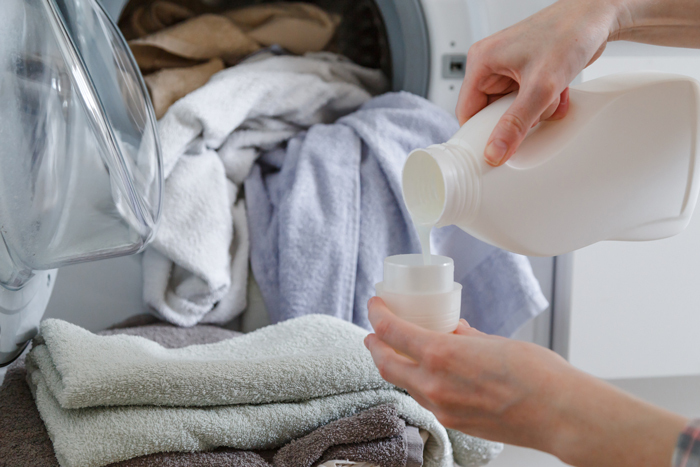
The solution to scrud? Hot water. We know, we know: we just told you to use cold. But hot water is scrud’s nemesis.
If there’s not too much scrud in your machine, you can get rid of it (and any mould that’s built up too) by wiping it away with hot water.
If that’s not cutting it, it’s time to turn up the heat: run your machine empty on a hot cycle with a bit of good detergent to take care of build-up. Ashley recommends doing this once a month.
Don’t bother with commercial washing machine cleaners – they’re expensive and largely unnecessary. Just pop some good-quality detergent in the dispenser and turn up the heat to banish scrud.
Alternatively, you can just run the occasional hot cycle when you’re washing to knock out the build-up.
It’s well worth the effort: not only will it prevent white marks on your clothes, it’ll also prevent scrud building up inside your washing machine, which will affect its performance and shorten its life.
CHOICE tip: Detergent and mould can build up over time in the detergent dispenser. Once a year, give it a good scrub with a toothbrush to get rid of the gunk.
Why is my clothes dryer costing more to run?
If there ain’t no sunshine, your trusty clothes dryer will save your skin. But they’re a bit of a luxury in our (mostly) warm and dry country. And they’re not cheap to run.
If you’ve noticed that it’s taking longer to dry your clothes, or you’ve noticed your power bills changing even though your laundry habits haven’t, it’s time to take a look at what’s making your dryer so sluggish.
The culprit is most likely the lint filter. If it’s blocked, the hot air can’t move through the dryer as effectively, so it’ll have to work harder and longer to dry the same amount of laundry.
(It could also be a ventilation problem – see below.)
Get in the habit of cleaning the lint filter each time you use the dryer to keep it running at its best
While a slow load of laundry is frustrating, it’s not life-threatening, but a fire can be. A blocked lint filter is a fire hazard, it’s an important cleaning task to keep on top of.
Get in the habit of cleaning the lint filter each time you use the dryer to keep it running at its best. It’ll keep your household safer and will save you money both now and in the future: firstly in power bills, and then by not having to replace a prematurely-failed dryer.
In the worst case scenario, you’ll also have to pay for repairs, replacements and an increased insurance excess if your dryer goes up in flames.
Once a year, grab your vacuum and get into all the nooks and crannies to pick up any lint that’s settled there.
Why is my laundry ceiling mouldy?
Does your ceiling drip every time you use your dryer? Can you not see from one end of the room to the other for the steam? Are there small rivers of water trickling down the walls?
You need to sort out your dryer, and fast, before your laundry (and everything in it) turns into a petri dish of multiple types of mould.
Vented clothes dryers work by sucking the moisture out of your clothes then blowing it back out into the room.
Unless your laundry is well ventilated, you’ll end up with dry clothes but a hot, wet room. And your dryer will also have to work much harder since it’s taking in damp air, rather than the dry air it needs.
The simplest solution is just to open a window. But if that’s not possible, there are other options. Unfortunately they’ll cost you.
The first is to install a vent or duct to move the moist air out of the laundry, either by drawing it out through a fan or by directing it outside through a pipe attached to your dryer.
Unless your laundry is well ventilated, you’ll end up with dry clothes but a hot, wet room
Otherwise, you could look at buying a condenser or heat pump condenser dryer. Instead of blowing the humid air back out into the room, these dryers keep the moist air inside, then collect the water from it, which collects in a tank or can be plumbed into a drain.
Heat pump dryers do cost more to buy, but they’re cheaper to run, using only a third of the energy of a conventional vented dryer, so if you use your dryer frequently, it can save you money over the life of the appliance.

